Democracy, But Make It a Pop Quiz
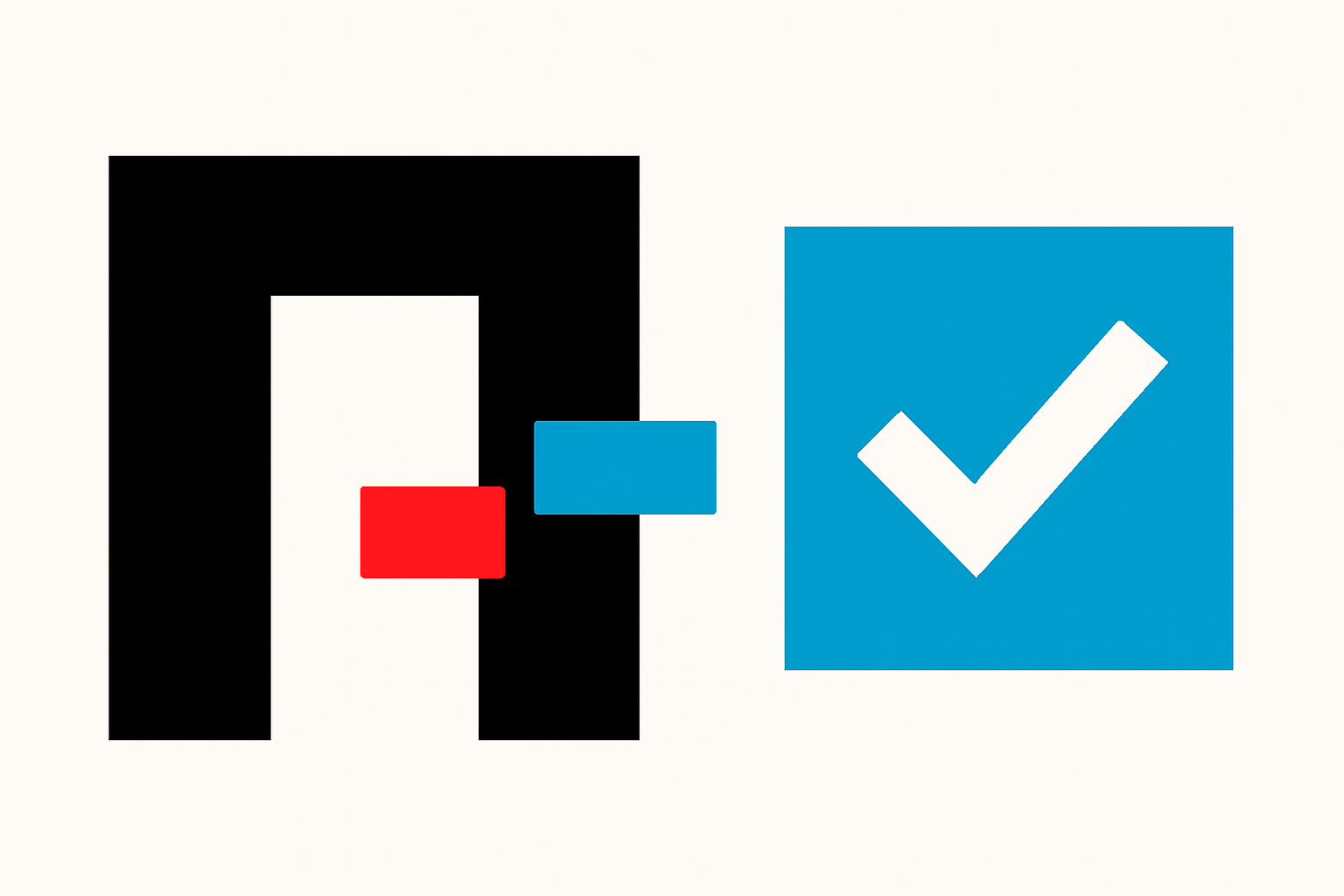
One late night a colleague and I were tossing ideas around. Most of them vanished with the beer. This one stuck. At first it sounded silly, then oddly sharp. I kept pulling on the thread.
People have argued since Athens about who should vote and whether every voice should count the same (Plato would probably hate this idea, but hey, he hated democracy in general). That fight never left, it just changes clothes every few years. This is me trying on one of those outfits. Just for fun, nothing serious.
The pitch in plain words: On your countries next election day, every ballot comes with four simple questions about the parties’ own programs. Get them right, your vote counts. Miss them, it does not. A thought experiment, not a draft law. The dream of the “informed vote” keeps coming back: sometimes noble, sometimes gatekeeping. Let’s push it to the edge and see what it fixes and what it breaks.
Ground rules: neutral questions, public checks, no tracking, full accessibility. A sandbox, not a policy pitch. We know this would never pass in parliament. That’s fine.
Why bother?
Because the way we vote often rewards vibes over clarity. Campaigns speak in fog, voters swim in noise and last-minute ads try to speedrun your attention span (faster than any Mario64 run I’ve ever watched). A quiz is a way to see if 30 seconds of focus could make choices a bit more informed and a bit less tribal. Less “who shouts loudest,” more “who actually plans something.”
Because people use shortcuts. Party color, a headline from last week, or a Facebook meme shared by your uncle who still thinks Strache was framed in Ibiza. Shortcuts are human, but they make it easy to miss what parties actually plan to do. A quiz forces a quick look at the core claims before you mark the box.
Because parties respond to incentives. If understanding matters at the booth, programs must be short, clear and checkable. That means fewer empty slogans, fewer “Stop the foreigners” posters, and less Trump-style rally karaoke where a three-word “fuck-the-libs”-chant substitutes for policy.
Because it could level the stage. Four equal questions per party gives small parties the same tiny window as big ones. No money advantage, no algorithm advantage, just the same four sentences. That’s good news for underdogs, bad news for parties that rely on glossy billboards and billionaire donors.
Because accountability needs an anchor. If the asked points are archived and specific, it’s easier to check post-election deals against pre-election promises. It raises the price of bait-and-switch politics, whether that’s Friedrich Merz promising the moon or the FPÖ reinventing itself after every scandal.
Because curiosity is allowed. We are not fixing democracy with a quiz, but we are testing whether a gentle nudge toward content beats pure emotional stuff. It’s a seatbelt, not autopilot.
Scope and assumptions
So in terms of scope, we are talking about regular party elections. Not referendums. Not primaries. One quiz per voter. Four questions about published party programs. No personality tests. No scandal trivia.
What this is not: Not a literacy test. Not a morality test. Not a secret ideology filter. Not a law proposal. It is a sandbox to see what breaks and what might be worth keeping.
Assumptions to make the thought experiment fair:
- Questions are neutral and simple. B1 reading level. Plain language. Same length for every party.
- Sources are public and fixed in time. Each correct answer points to a page the party signed off.
- Time cost is tiny. Median 30 to 60 seconds. Extra booths exist so lines do not explode.
- Privacy holds. Answers are checked locally. No profiles. No logs that link people to outcomes.
- Accessibility is real. Large fonts. Audio. Screen reader mode. Multiple languages. Tactile controls.
- Staff do not coach. No hinting. No nudging toward parties or answers.
- Randomization works. Question order and options are shuffled to block pattern learning.
- Legal wall exists. We set it aside for now to examine incentives and mechanics. But more on that later.
Out of scope: This experiment does not try to fix turnout, wipe out misinformation, reform campaign finance or build online voting (which is another stupid idea in general). It asks one small question about content at the booth. If our assumptions break, the benefits drop to zero.
Benefits … for voters
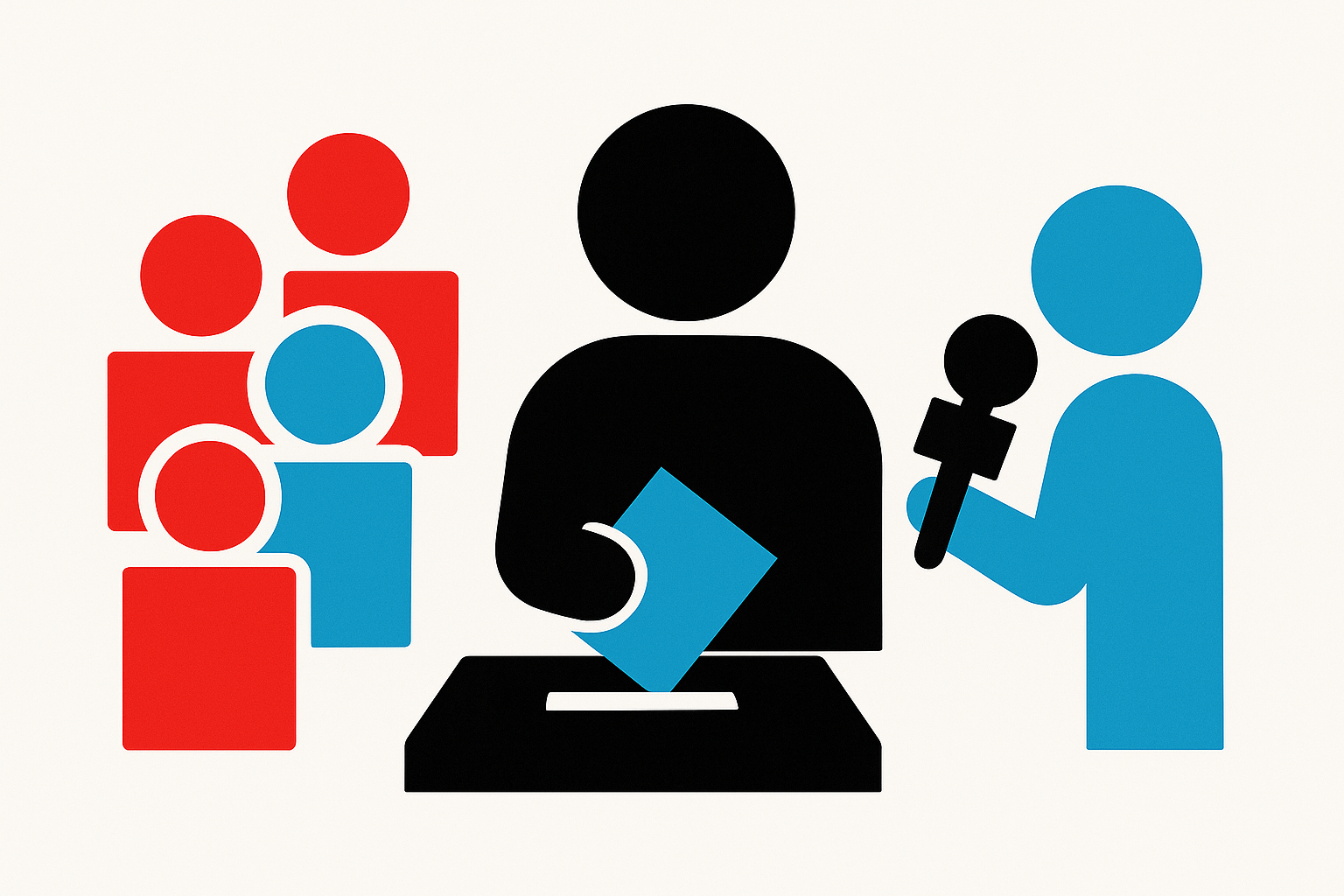
A tiny quiz forces a quick pause in a place that is usually all momentum. Thirty seconds with four short sentences is enough to shift your brain from party colors and slogans to what a party actually plans to do. That pause matters. It reduces the chance of voting for a logo you like (or ticking a random box because you saw Kickl riding a horse in a poster) and increases the chance of voting for a plan you can name. It turns a blurry choice into a slightly sharper one.
It also makes comparison less of a scavenger hunt. Same format, same number of points, same length per party means you are not playing Where’s Waldo through manifestos and campaign sites. You see apples next to apples. The big names do not drown out the smaller ones, because everyone gets the same tiny window at the booth. If you are a first time voter or someone who mostly skims headlines, that little structure can be the difference between guessing and deciding.
There is a small buyer’s remorse effect too. When claims are clear going in, surprises are rarer coming out. You may still hate the coalition math later, politics will be politics, but you are less likely to feel tricked about the basics. Even if you learn only one new thing on the slip (like that the SPÖ still hasn’t figured out who’s in charge this week), you walk away with a cleaner sense of what you just endorsed. That is not democracy cured, it is democracy with a seat belt.
… for parties
If understanding matters at the booth, clarity becomes strategy. The quiz rewards programs that are short, plain and checkable. Fog stops paying. Dog whistles stop paying. Vague everything-to-everyone paragraphs stop paying. A party that can distill itself to four real claims has a path to be heard without buying your timeline or gaming the algorithm. Small parties benefit as much as large ones, because exposure is standardized, not purchased.
The format also creates feedback that is actually useful. Aggregated error rates show which points people do not grasp. That is not vibes, that is a comprehension signal. Campaigns can fix wording, cut jargon and train field teams on explanations that land. After the election, the archived claims act as receipts. That raises the cost of bait and switch and makes internal discipline easier. If the leadership wants to pivot, they now have to walk past their own signed sentences.
Most of all, the incentives line up with trust. When people understand you, they are more willing to give you the benefit of the doubt when real life complicates plans. You still need to persuade, you still need to deliver, but you are no longer relying on confusion to carry you. In a world where attention is scarce, being understood is a competitive edge, not a luxury.
… for the system
When the core promises sit next to the ballot, the mandate is easier to read. After the election you can check coalition deals against a short, time stamped list of claims instead of a fog of slogans. The same format every cycle creates a clean record, so changes over time are visible without guesswork.
The booth also gets quieter. If attention is tied to verified text, last minute panic ads matter a bit less. Administrators gain a standard artifact they can publish and archive, which makes audits simpler and more routine. This does not fix turnout or campaign money by itself. It nudges the incentives so clarity pays more than confusion and that already helps.
… for media and education
For journalists this is an easy scaffold. Four claims per party turn into quick comparison pieces with links to sources the parties approved. After the vote, tracking delivery is less detective work and more progress check.
For teachers it is ready to use classroom fuel. Short, neutral claims let students compare positions without turning the lesson into a rally. Because the sources are frozen in time, the same four claims can be reopened a year later and discussed again. Simple, fair and useful.
Minimal concept
Parties submit four short claims in plain language. Same length for everyone, no slogans. An independent group checks clarity and sources, then freezes the set before the vote.
From these claims comes a quiz: four questions, three options each, one correct, under the same rules explained above.
On election day you spend half a minute at a small terminal. Pass all four, it prints an anonymous token. Hand token to clerk, get ballot, token is voided. Ballot stays secret.
Extra terminals prevent long lines. Staff can help with the device, not with answers. All code is public and audited. If things break or bias shows up, the kill switch turns the quiz off and ballots continue without it.
Question design
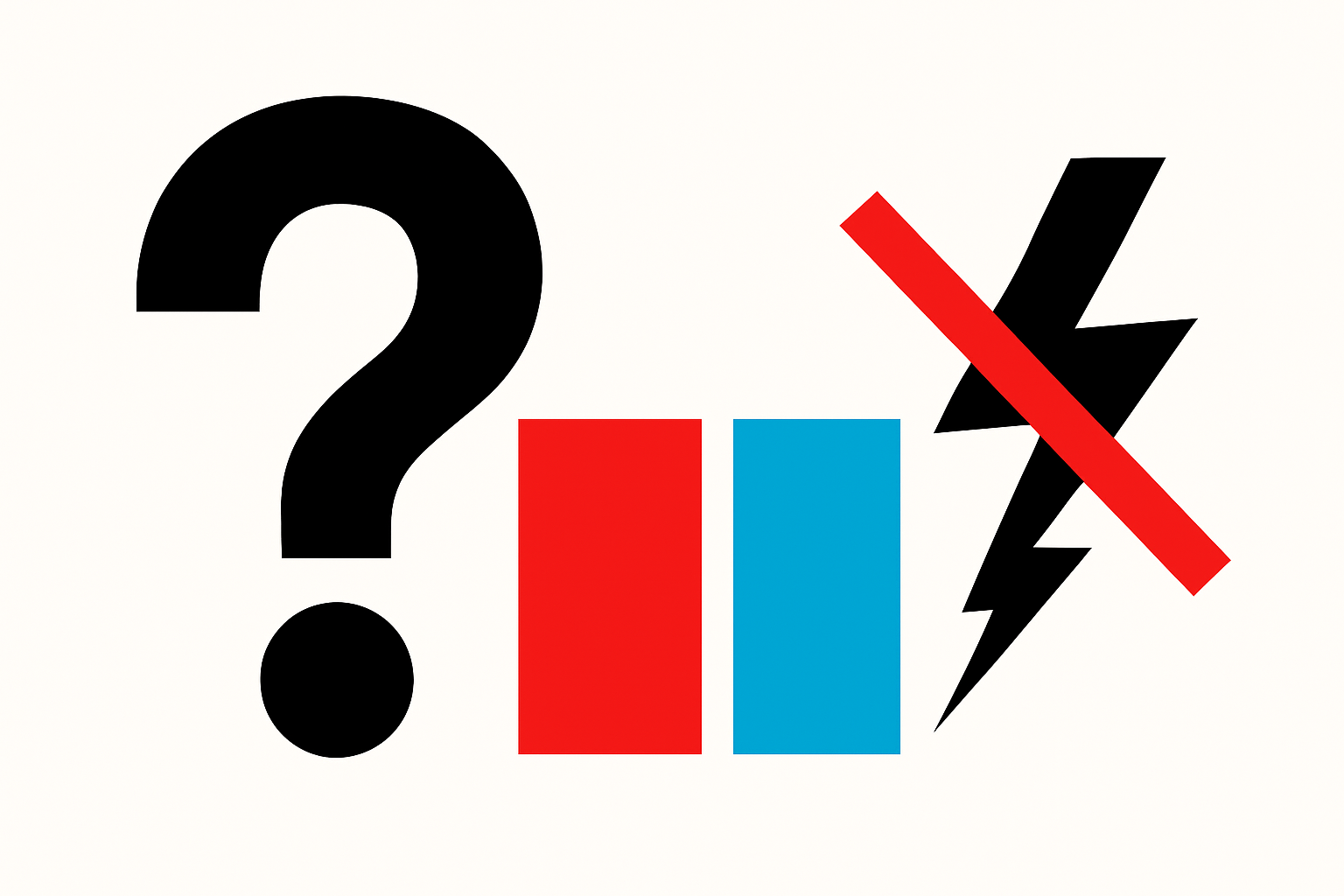
Start simple and stay honest. Each party-claim becomes one question with three options and exactly one correct answer. No trick wording, no double negatives, no “which of the following is not” traps. Reading level sits around B1 so normal people can read it without a deep breath.
Keep the shape consistent: Same length per question, same structure across parties, same order of information inside the sentence. Numbers and dates use one format. If a claim mentions money, the unit is always the same. If it names a year, it is written the same way everywhere. Boring on purpose.
Ground every answer in a source the party signed. The correct option must point to a public page that existed before freeze day. If the party cannot show a link, it does not go in. If a claim is so vague that any answer could fit, it gets sent back for rewrite. Substance beats slogans.
Translations are real, not afterthoughts. Professional translators do the first pass. A second team does a back translation to catch drift. Screen readers and audio get tested on the translated text, not only on the original. If a term is hard to pronounce, the audio uses the clear version, not the buzzword.
Make it resilient to cramming without being mean. The bank has multiple near twins for each claim, with small wording changes that still test the same idea. The device shuffles question order and answer order on the day. There is no timer. People can think, but they cannot just memorize A, B, C in that order.
Design for assistive tech from the first draft. Short sentences. One idea per line. Clear labels. Enough spacing to tap. Every item works with large text, high contrast, captions and a screen reader voice that does not race. Audio instructions say what to do, not what to choose.
Have a reserve set ready. If audits show a translation bug or one language is clearly harder, switch to the sealed backup without changing difficulty. If a leak spreads a supposed answer key, the reserve set uses the same claims with different phrasing so reading still matters.
One tiny example to show the tone: “Does Party X plan to introduce a carbon price by 2027” with answers “yes, with a fixed amount,” “no,” and “only if the EU does it first.” Short, testable and tied to a link. Nothing fancy, just clear.
Checks and Safeguards
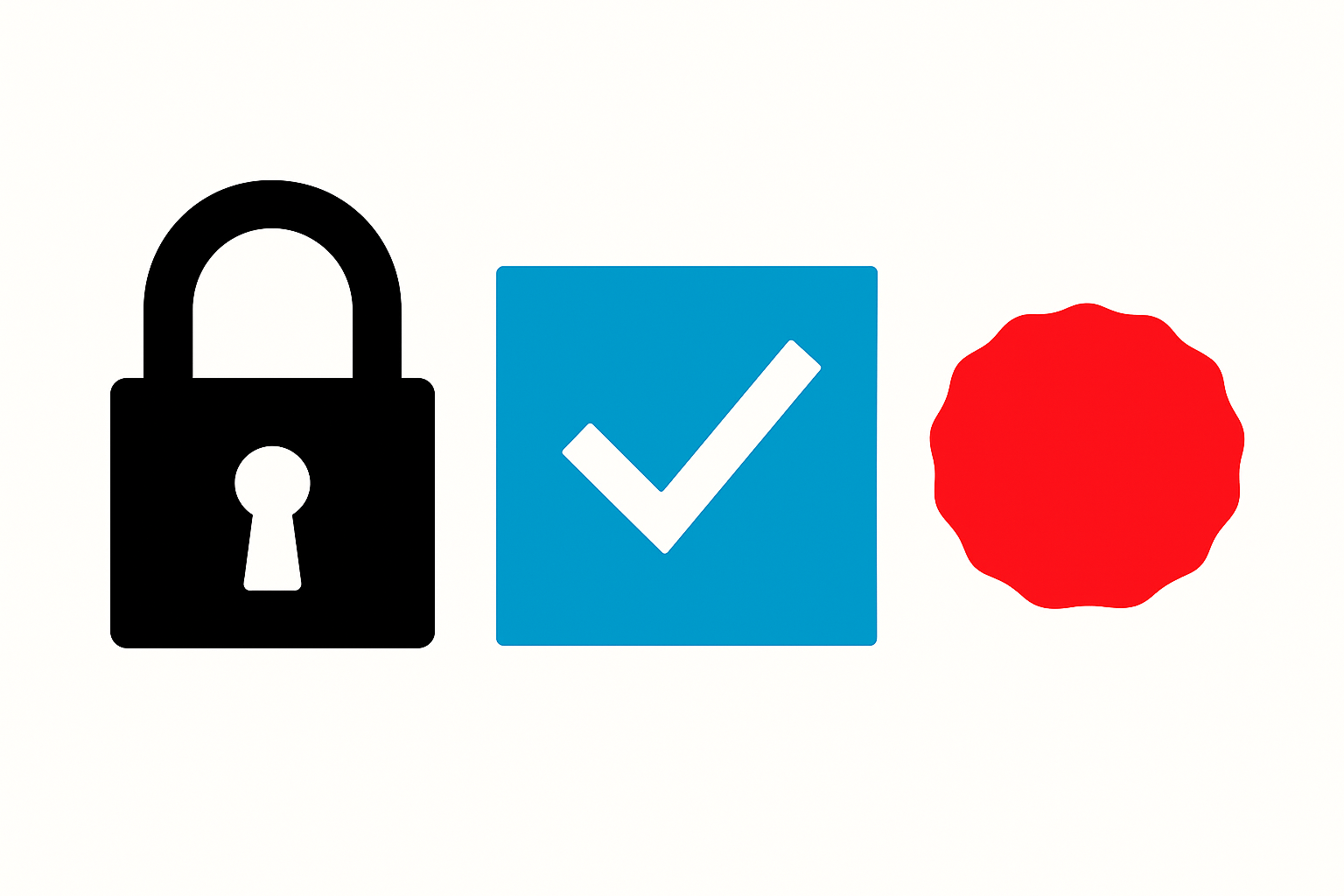
Neutrality starts with boring but public rules. Parties write four claims, an independent panel checks clarity and sources and the final set is frozen before the vote. Drafts are visible, the rulebook is published first and sneaky wording is kicked out.
Yes, i am against digital voting but this is just a draft in which i want to also adress accessability, so: The quiz devices run offline, show their build hash on screen and are sealed with tamper labels. Observers can compare hashes to public values; if anything looks wrong, the device is pulled. All code is open source, builds reproducible and audit logs are public.
Privacy holds by design. Identity check happens at the desk, quiz answers happen on a separate box. Nothing links the two. Answers are checked locally, forgotten immediately and only aggregate counters (like how many passes were printed) are published. Tokens are anonymous, signed once, valid only for that day and precinct, then destroyed.
Crypto provides the proof. Question sets are hashed and published before the vote. Randomization seeds are committed and revealed after polls close, so anyone can replay which variants appeared. Tokens are blind-signed inside secure hardware, meaning they prove a pass without revealing who or what.
Audits are continuous, not a one-time press release. Testers stress the system before election day, spot checks happen during, independent labs tear down devices after. Reports land in one public place, in plain language. If fairness drifts or a device fails, the kill switch cuts in: quiz off, ballots flow.
Failure modes
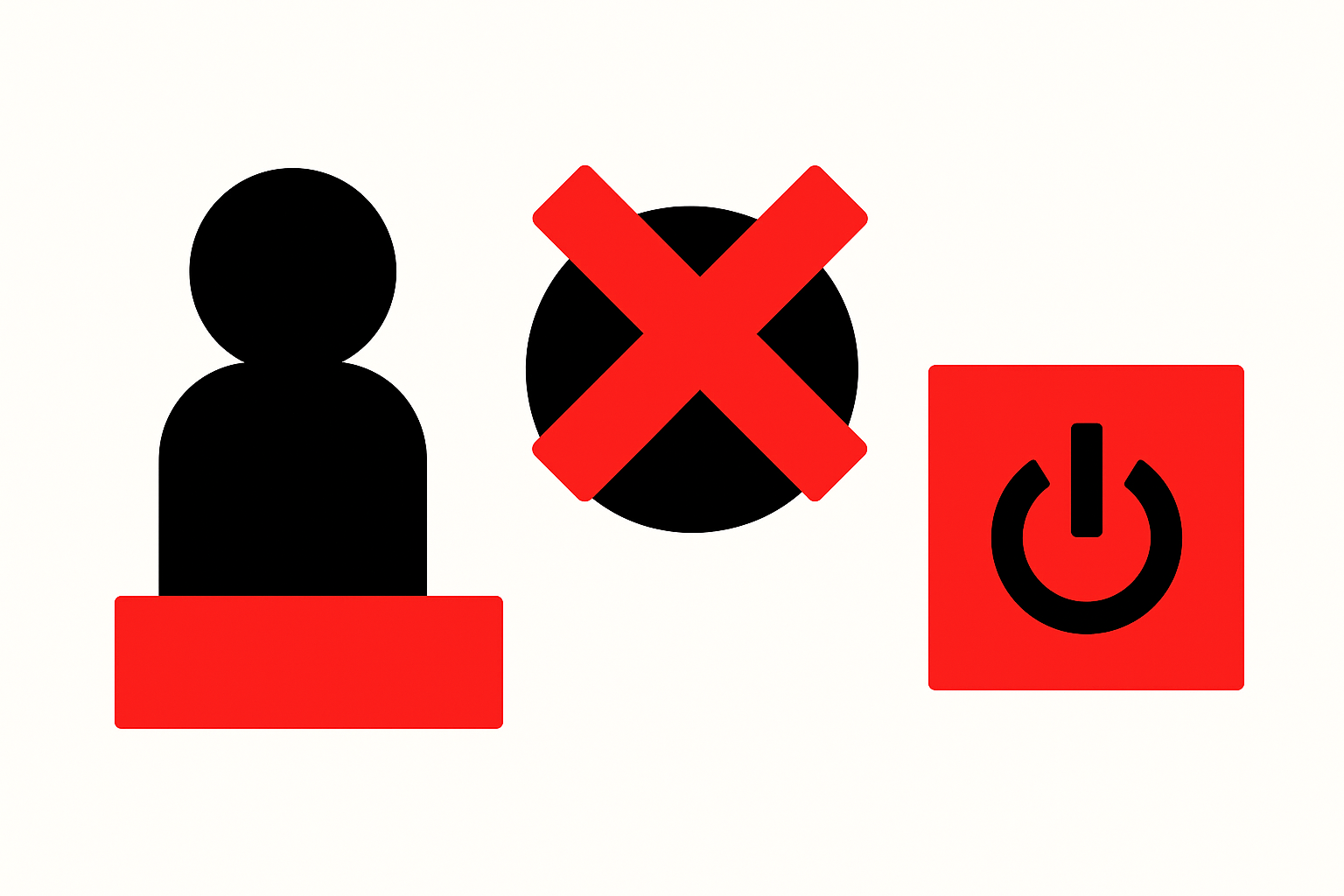
People will try to game it, so the system plans ahead. Memorizing a fixed answer key does not work, because the bank has near-twin variants and shuffles options on the day. If a leak spreads, a sealed reserve set replaces the items. Coaching at the desk is curbed with a short staff script and visible observers. Claims that are trivial or vague get blocked before freeze.
Hardware shenanigans are handled with seals, spot checks and public logs. Passes cannot be faked: each is a one-time signed token that dies on scan. Timing attacks are blunted by mixing and batching, so nobody can match quiz finish to ballot issue. If intimidation shows up, the precinct can flip to a soft mode where ballots flow without a gate.
We watch a few dials to catch trouble early. Median time should stay under a minute. Global pass rates that collapse (below ~60%) or spike (above ~95%) are red flags. Accessible modes should not punish anyone; if they show a clear gap, the quiz is paused or softened. Queues longer than ten minutes trigger more terminals or the kill switch. Passes printed must match passes scanned. Complaints are logged and counted; if they cross a threshold, supervisors intervene.
The safety net is blunt but fair: if two red lines trip at once or a single big one is crossed, the kill switch wins. The quiz turns off, ballots flow normally and a plain-language report explains what broke.
Risks and Legality
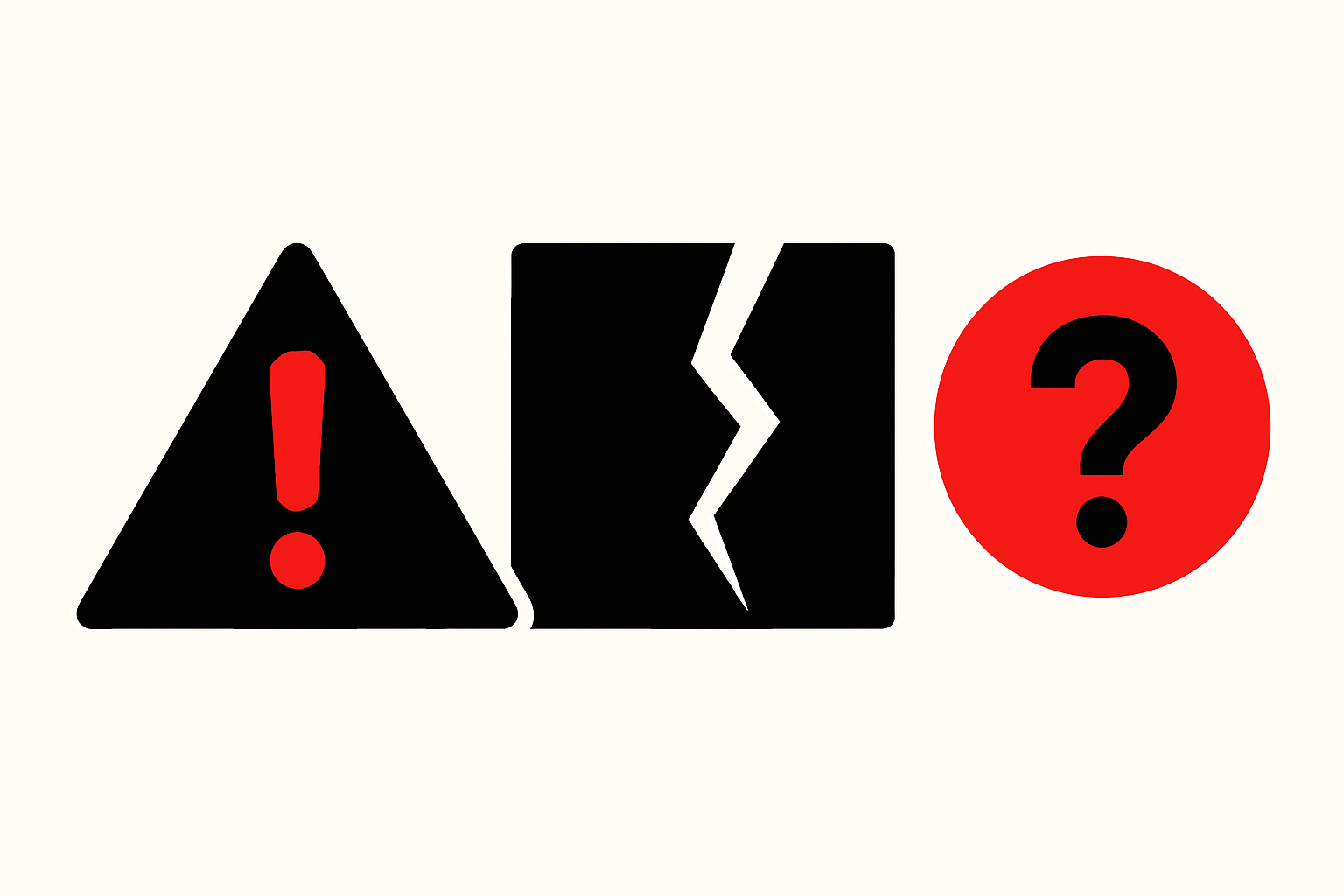
The idea sounds neat, but the cracks show fast. The biggest risk is fairness: even with simple wording some groups stumble more. Older voters, people with dyslexia or ADHD, low vision or just test nerves will fail more often. That makes the gate look like a filter, not a nudge. Culture and schooling sneak in too. Mentions of tax brackets or school systems are easier for some than for others. Miss rates will not be random. That is a bias trap.
Secrecy can fray if timing or tokens leave little trails. Even if the tech is solid, perception matters: once people fear quiz answers link to their ballot, trust is gone. Capture is another danger. Whoever controls the rulebook can tilt difficulty with one verb. Add lawsuits and the campaign turns into a fight about quiz wording instead of choices.
Logistics are brittle. Translation bugs, clumsy screen reader voices or a crash at 10 a.m. can blow up the day. A kill switch helps but does not fix lost trust. And nuance suffers: parties that try to explain trade offs lose to those who cut reality into neat one liners. The quiz teaches everyone to flatten their speech.
Austria:
The constitution and election law require that votes are allgemein, gleich, unmittelbar, persönlich, frei und geheim (Art. 26 B-VG). A quiz gate would collide with at least three of those:
- Allgemein (universal): every eligible citizen must be able to vote. A knowledge test creates an extra barrier.
- Gleich (equal): each vote must weigh the same. Filtering some out breaks equality.
- Geheim (secret): tokens or passes create a gate that could be seen as a mark on the voter’s path. Even if unlinkable in tech terms, the perception undermines secrecy.
In Austria, the Constitutional Court is strict: exclusions must be explicitly in law and narrow (e.g. certain criminal cases). A quiz invented on election day would not survive scrutiny.
European Union
The EU framework for European Parliament elections (1976 Act, plus Charter of Fundamental Rights) demands that elections are direct, universal, free and secret. The European Court of Human Rights interprets “free elections” under Art. 3 Protocol 1 ECHR to mean no literacy or knowledge tests. Accessibility is a positive duty: states must remove barriers, not add new ones. A quiz gate goes in the opposite direction and would almost certainly be struck down.
United States
The U.S. Constitution does not spell out detailed election procedures the way Austria’s B-VG does. Instead, voting rights are protected through amendments and federal law:
- 15th Amendment: no denial of the right to vote based on race.
- 19th Amendment: no denial based on sex.
- 24th Amendment: bans poll taxes.
- Voting Rights Act of 1965: explicitly outlaws literacy tests and similar barriers that were used to suppress Black voters in the South.
That history matters. Any scheme that looks like a “test at the ballot box” instantly echoes Jim Crow. Even if it is neutral and about party programs, it would be politically radioactive. Courts would see it as a de facto literacy/knowledge test, i.e. unconstitutional.
The Supreme Court has struck down every attempt to filter voters through “understanding” requirements. In *Katzenbach v. Morgan* (1966), the Court backed Congress in banning literacy tests outright. Trying to slip in a quiz, even a “fun” one, would collapse under equal protection (14th Amendment) and the long shadow of voter suppression.
Add to that the decentralized U.S. election system: 50 states, thousands of counties, each with their own rules. Getting them all to adopt a national quiz is about as likely as me seeing a Half-Life 3 release.
Bottom line: In Austria, the EU and the U.S. this cannot be law. But as a thought experiment it still shows how incentives would shift if clarity and checkability suddenly mattered more than vibes.
What survives once the gate is gone
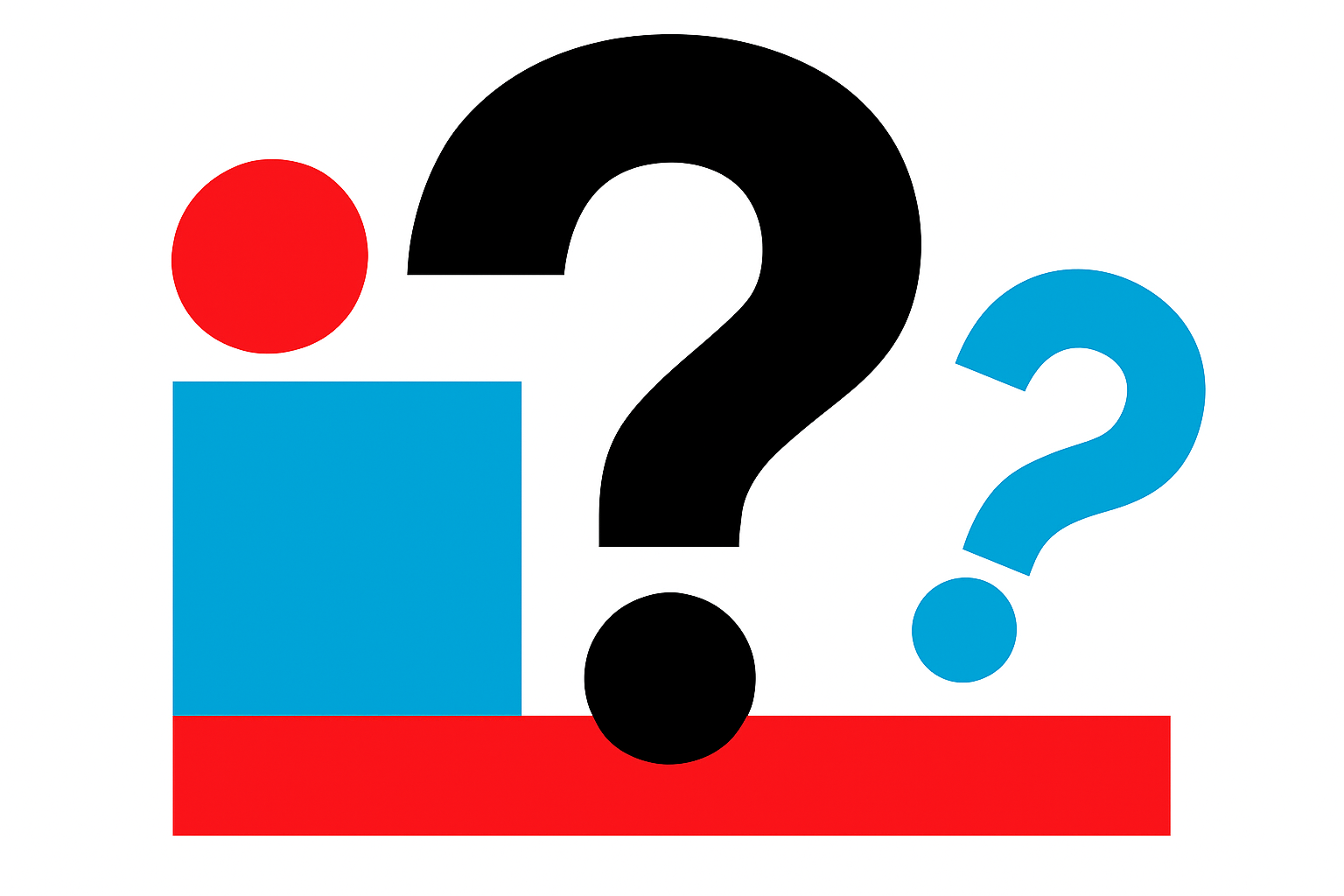
Yes, this is a gate. And yes, it will never be law. But look around: AI can spit out fake headlines faster than you can refresh TikTok, and half of them end up echoing in the voting booth. Something has to change. And before the chorus begins, “but that would keep people from voting,” let’s be honest: the real problem is not a 95 year old grandma casting a ballot, it is anyone casting one based only on a meme about balloons being banned or some absurd headline about losing your schnitzel.
Democracy is not sacred if it is just reflex clicks. A vote should cost at least thirty seconds of attention. I do not want gadgets, tokens or tests at the booth. I want parties forced to speak clearly and voters forced to actually look. Less fog machine, more sentences you can check.
AI makes bullshit cheap. The answer is not to shrink the electorate. The answer is to make clarity expensive to ignore. Four plain claims, signed and archived, right there for everyone. No wire fence in front of the ballot box and no smoke inside it either.
In the end democracy only works if casting a vote means you have seen through the fog, not just shouted into it.
Austria, Democracy, EU, Elections, Privacy, Thought Experiment, Voting Rights, featured -- Oct 5, 2025
Print view